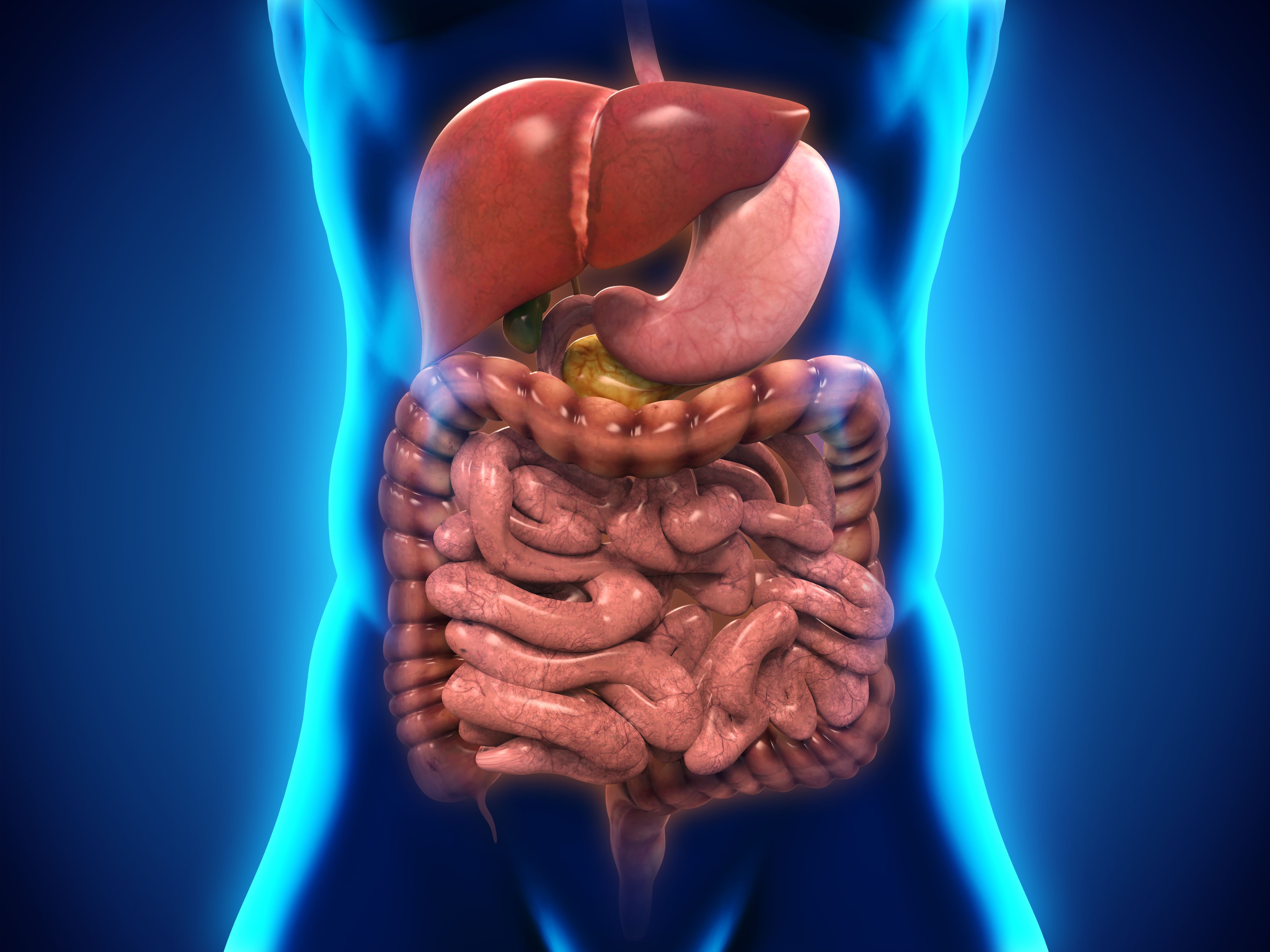Study Supports FOLFIRI as Standard for Second-Line Neuroendocrine Carcinoma
The addition of bevacizumab to FOLFIRI does not appear to improve overall survival over FOLFIRI alone in patients with gastroenteropancreatic neuroendocrine carcinoma.
Adding bevacizumab (Avastin) to leucovorin, fluorouracil, and irinotecan (FOLFIRI) did not result in increased benefit compared with FOLFIRI alone, supporting FOLFIRI as a standard second-line treatment option for patients with unselected gastroenteropancreatic neuroendocrine carcinoma following failure of first-line platinum-based chemotherapy, according to findings from the phase 2 PRODIGE 41-BEVANEC trial (NCT02820857).
"This study confirmed the need to find better treatment than the existing chemotherapy regimen for neuroendocrine carcinoma," according to the authors of the phase 2 PRODIGE-BEVANEC trial.

The 6-month overall survival (OS) rate was 53% (80% CI, 43%-61%) for patients receiving bevacizumab plus FOLFIRI and 60% (80% CI, 51%-68%) for those receiving FOLFIRI alone. With a median follow-up of 25.7 months (95% CI, 22.0-38.2), the median OS was 6.6 months (95% CI, 4.5%-9.9%) and 8.9 months (95% CI, 5.7-10.6) in each respective group.
A multivariate analysis indicated that a gastrointestinal high-grade neuroendocrine carcinoma (GI-NEC) score of B vs a score of A was the only factor that independently correlated with worse OS (Hazard ratio [HR], 2.42; 95% CI, 1.56-3.75; P <.0001). Additionally, the HR for OS in the bevacizumab plus FOLFIRI group compared with the FOLFIRI group based on multivariate analysis was 0.97 (95% CI, 0.64-1.47; P = .88).
The ORR was 25% in the FOLFIRI plus bevacizumab group, which included 1 patient who had a complete response and 12 who had a partial response (PR). Additionally, the ORR was 18% for the FOLFIRI alone group, which included 11 PRs.
“This study confirmed the need to find better treatment than the existing chemotherapy regimen for neuroendocrine carcinoma,” the study authors stated. “Immunotherapy has been evaluated in unselected neuroendocrine carcinoma, but unfortunately the efficacy was too low to expect an approval as monotherapy.”
Investigators of the randomized, open-label, non-comparative phase 2 PRODIGE 41-BEVANEC trial evaluated patients with locally advanced or metastatic gastroenteropancreatic neuroendocrine carcinoma or neuroendocrine carcinoma of unknown primary origin at 26 hospitals in France.
Patients were randomly assigned 1:1 to receive 180 mg/m2 of irinotecan, 400 mg/m2 of calcium folinate or 200 mg/m2 of levofolinate, and 400 mg/m2 of fluorouracil bolus followed by 2400 mg/m2 over 46 hours with or without 5 mg/kg of bevacizumab intravenously every 2 weeks until unacceptable toxicity or disease progression.
The primary end point of the trial was OS at 6 months. Secondary end points included objective response rate (ORR) per RECIST v1.1 criteria, disease control rate (DCR), duration of response (DOR), progression-free survival (PFS), and safety.
Patients 18 years or older with documented progressive disease following first-line platinum etoposide chemotherapy were eligible to enroll on the trial. Patients also needed to have an ECOG performance status of 0 to 2 to enroll.
Between September 5, 2017 and February 8, 2022, investigators enrolled a total of 133 patients, 65 of whom were included in the bevacizumab plus FOLFIRI arm and 68 in the FOLFIRI alone arm. The median patient age was 67 years (interquartile range [IQR], 58-73), 66% of patients were male and 89% had an ECOG performance status 0 or 1.
The most common primary tumor locations were colorectal (30%), pancreatic (27%), gastro-esophageal (17%), and unknown (18%). Additionally, 30% of patients had 2 or more metastatic sites, including in the liver for 83% of patients, distant lymph nodes for 56%, bones for 19%, and lungs for 13%.
The median DOR was 7.5 months (IQR, 5.4-12.6) and 5.8 months (IQR, 3.8-5.9) in the bevacizumab plus FOLFIRI and FOLFIRI alone groups, respectively. The DCR was 63% and 57% in each respective group. Additionally, the median PFS was 3.7 months (95% CI, 1.9-5.6) and 3.5 months (95% CI, 1.9-5.1) in each group.
Grade 3 or 4 adverse effects (AEs) in the bevacizumab plus FOLFIRI group included neutropenia (14%), diarrhea (10%), and asthenia (8%). Additionally, 10% of patients in the FOLFIRI alone group had grade 3 or 4 neutropenia.
One patient in the bevacizumab plus FOLFIRI group had a treatment-related death due to an ischemic stroke. Overall, 3 patients discontinued treatment with bevacizumab due to 1 death, 1 instance of anal fissure, and 1 instance of ECOG performance status decline.
Reference
Walter T, Lievre A, Coriat R, et al. Bevacizumab plus FOLFIRI after failure of platinum– etoposide first-line chemotherapy in patients with advanced neuroendocrine carcinoma (PRODIGE 41-BEVANEC): a randomised, multicentre, non-comparative, open-label, phase 2 trial. Lancet Oncol. 2023;24(3):297-306. doi:10.1016/S1470-2045(23)00001-3